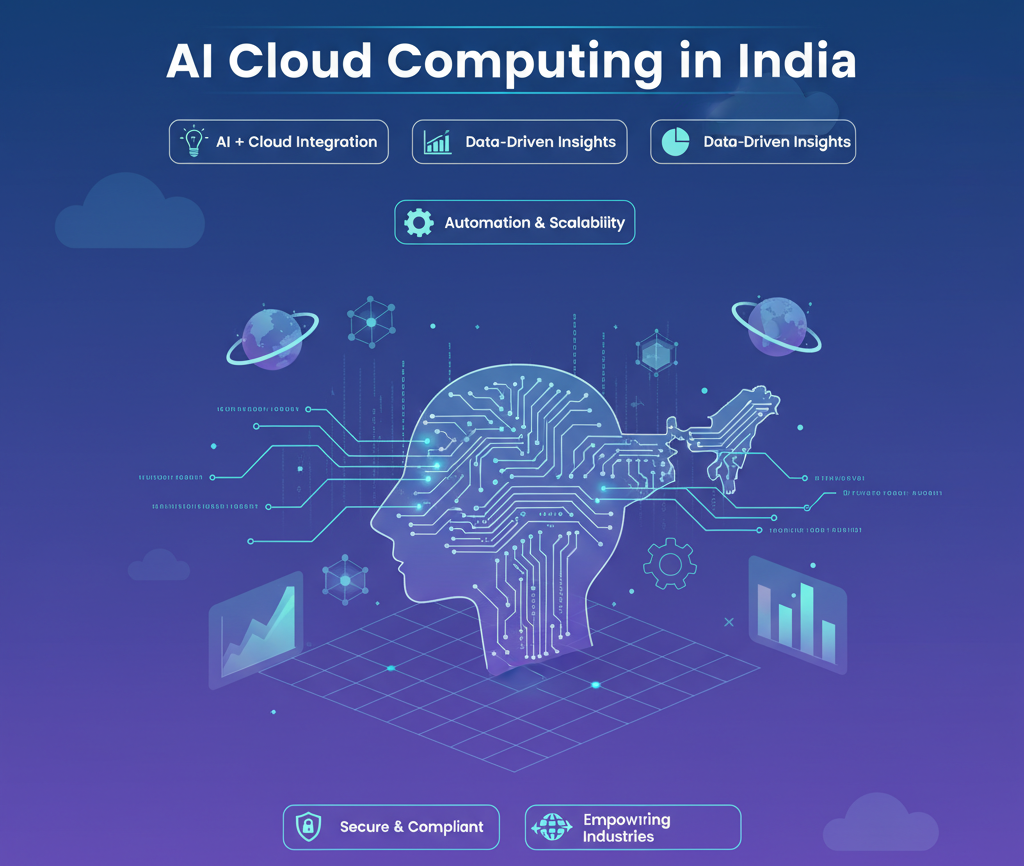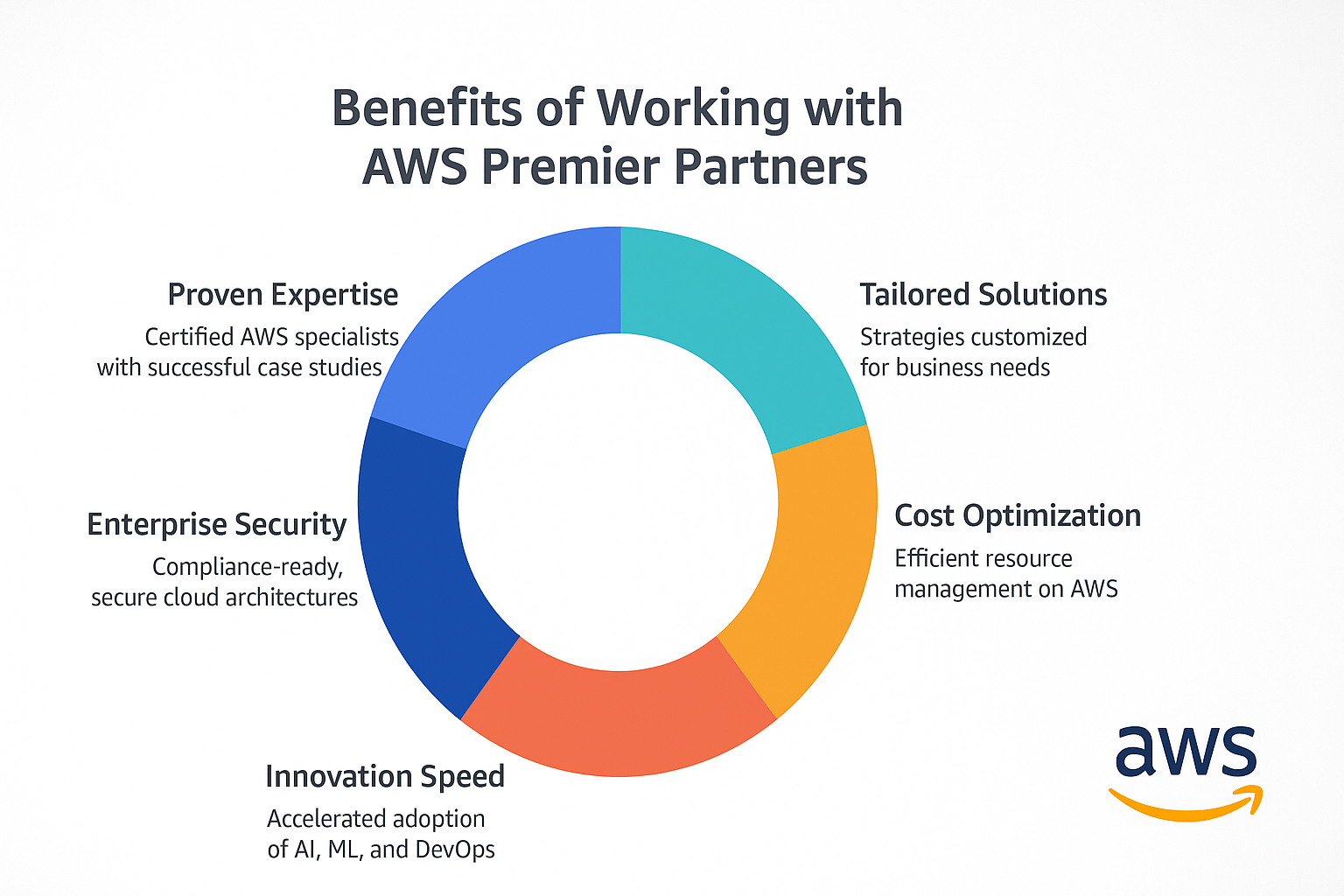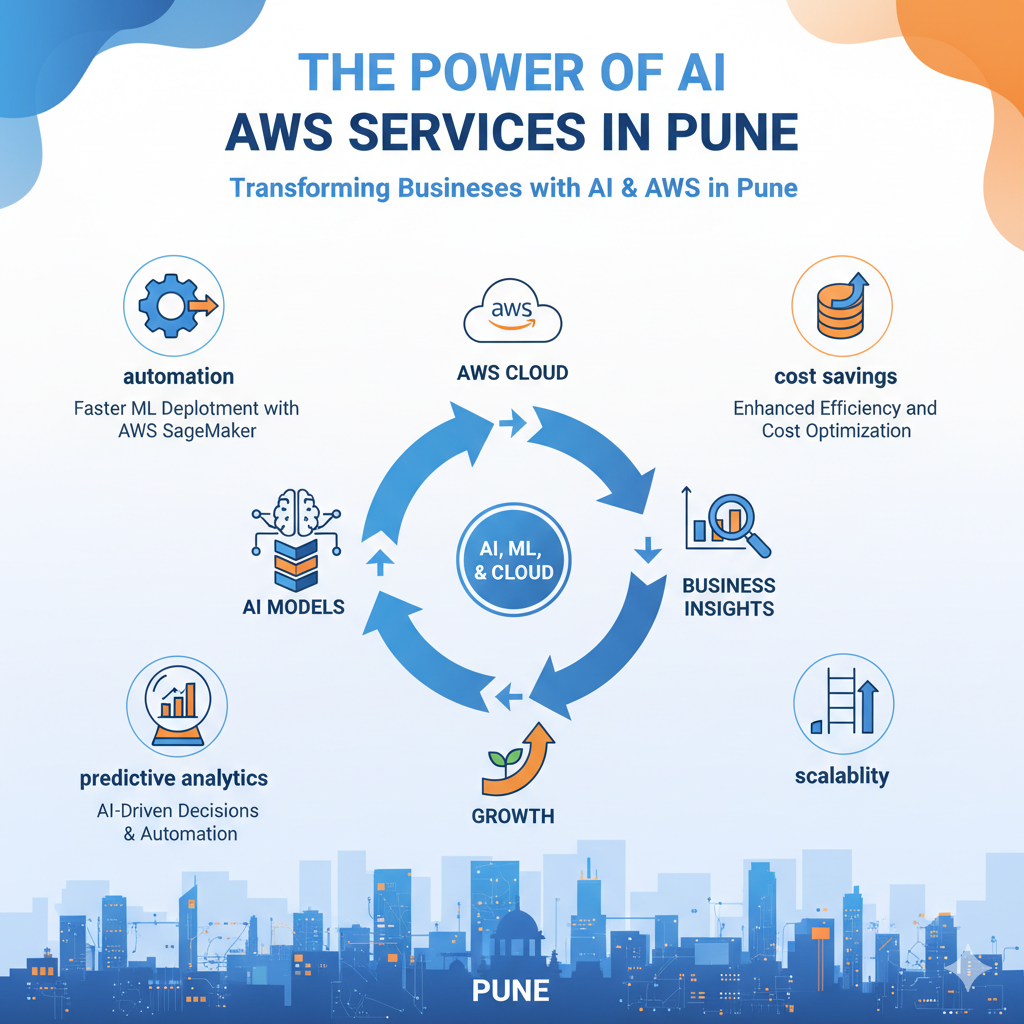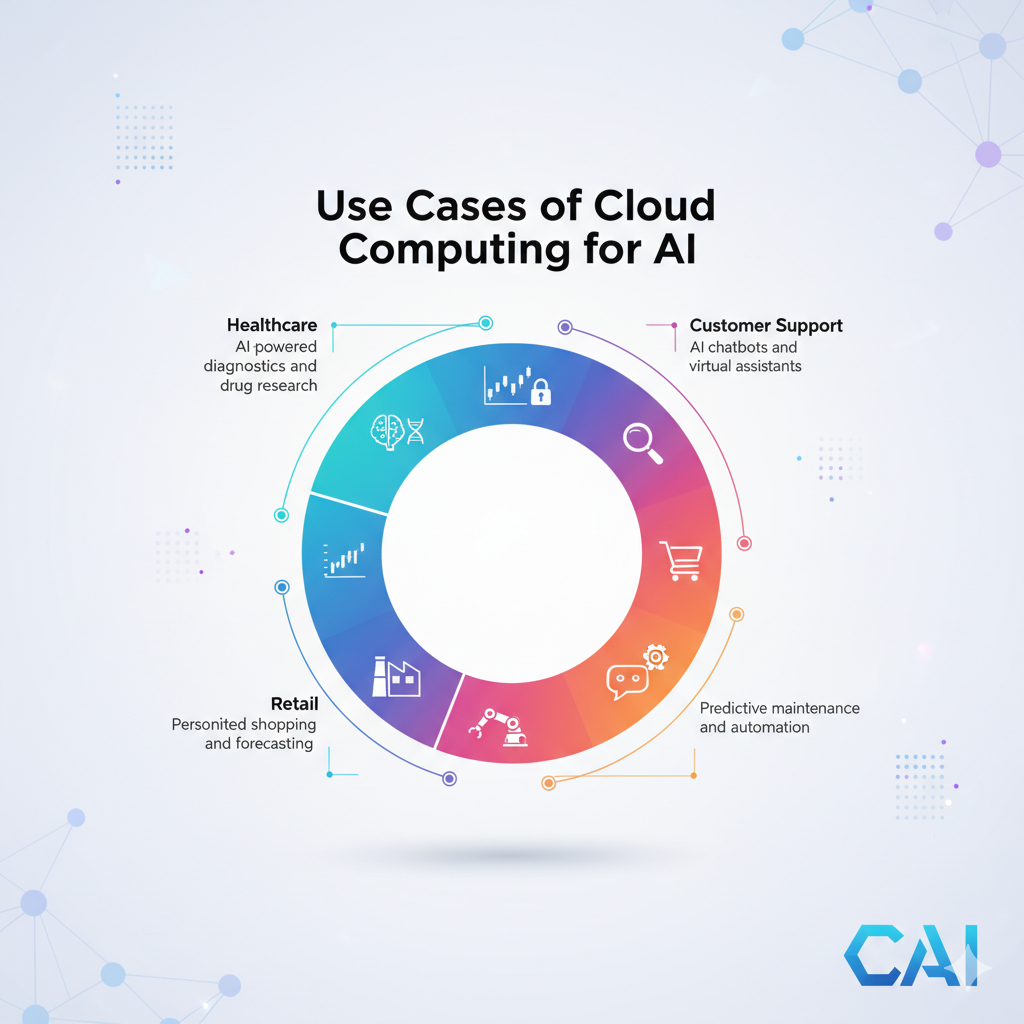Introduction:
Modern software architectural techniques known as microservices have become extremely popular in recent years. With this strategy, complicated applications are divided into smaller, independently deployable services. The promise of improved scalability, agility, and maintainability in software development is what has fueled the growth of microservices. In this blog, we'll delve into the world of microservices, dispelling myths and exploring how they're influencing software architecture in the future.
Microservices is always the right choice
The misconception that microservices are a one-size-fits-all solution needs to be debunked. While microservices offer many benefits, they are not a one-size-fits-all solution. There are situations where a monolithic architecture might actually be the more appropriate choice.
Quick Prototype: In the early stages of a project, when rapid prototyping and iteration are critical, a monolithic approach can speed development without the complexity of microservices.
Resource constraints: Microservices present an operational overhead that may not be feasible for projects with limited resources, both in terms of time and budget.
Resource constraints: Microservices present an operational overhead that may not be feasible for projects with limited resources, both in terms of time and budget.
Inheritance integration: When dealing with legacy systems that are not easily decoupled, trying to implement microservices can lead to more problems than solutions.
Data integrity: Applications with high requirements for data consistency may have a harder time managing transactions between microservices, making monolithic architectures a more secure choice.
Essentially, the decision between microservices and monolithic architecture should be based on a careful assessment of the project's unique requirements, the team's capabilities, and the need for scalability. It is important not to fall into the trap of thinking that microservices are always the superior choice.
Microservices improve scalability
Microservices are really a powerful tool to improve the scalability of software architectures. They allow organizations to scale individual components independently, a capability that can be of considerable benefit in a variety of situations.
Detailed extensibility: Microservices allow organizations to scale only those components requiring increased resources, optimizing resource allocation and cost-effectiveness.
Improve the performance: By scaling specific microservices, organizations can ensure consistent performance and responsiveness, even during traffic spikes.
Improved user experience: Scalability allows applications to remain highly responsive, ensuring a smooth user experience under any load.
Cost savings: Efficient scaling can result in cost savings as organizations no longer need to overprovision their resources to handle peak-hour loads.
Specific examples: Companies like Netflix and Amazon have leveraged microservices to scale their platforms seamlessly, ensuring uninterrupted service even during peak usage times.
Elasticity: Microservices enable auto-scaling, a feature that automatically scales resources to meet demand, providing flexibility and cost-effectiveness.
Load balancing: Microservices can quickly load balance, and distribute traffic evenly across services, optimizing performance further.
Global scope: Scalability allows organizations to scale their services globally without sacrificing performance, catering to a diverse user base.
High Availability: By scaling microservices across geographies and data centers, organizations can achieve high availability and fault tolerance.
Sustainability: The scalability of microservices matches the dynamic nature of modern applications, making it the preferred choice for organizations looking to ensure their systems are stable into the future.
In short, the granular scalability of microservices enables organizations to handle growing workloads efficiently and cost-effectively. Real-world examples highlight the significant benefits of this scalability, making microservices an attractive choice for modern application development.
Microservices simplify development
There is a common misconception that microservices inherently simplify development by speeding up delivery. However, this misconception needs to be explained because microservices have their own complications, especially due to their distributed nature.
Complex coordination: Developing and maintaining multiple microservices requires complex coordination, which can slow development efforts, especially when the right tools and practices are not available.
Communication costs: Service-to-service communication in a microservice architecture adds complexity and can lead to latency and debugging issues that a simplified development process fails to do.
Test challenge: Ensuring the normal operation of a network of interconnected microservices can be time-consuming and requires extensive testing strategies.
DevOps maturity: Microservices thrive in environments with mature DevOps practices; otherwise, they risk becoming growth bottlenecks rather than accelerators.
Deployment complexity: Managing multiple service deployments can be difficult, requiring automation and orchestration to keep development going.
Learning curve: The transition to a microservices architecture often requires development teams to take time to learn, which affects the speed of initial development.
Basically, although microservices are beneficial, simplifying the development process is not one of them. Their interests become apparent with proper planning, tools, and a mature DevOps culture. Addressing the complexity caused by distributed systems is essential for successful adoption.
Microservices promote technology agnosticism
Microservices promote a technology-independent approach by allowing development teams to choose the most appropriate set of technologies for each service, based on the specific requirements of that service.
Flexibility in choice: Microservices give teams the flexibility to choose the best technology for each service, optimize performance, and use resources.
Custom: This approach helps tailor technology choices to the unique needs of each department, from database systems to programming languages.
Drive innovation: By not being tied to a technology monolith, microservices encourage innovation and adoption of cutting-edge technologies.
Optimize scalability: Different services may require different scaling strategies, and microservices may adapt the technology accordingly.
The ability of extension: Teams can independently scale and upgrade services, adopting new technologies as they emerge, ensuring their long-term viability.
Improved troubleshooting: Using the right technology for each task optimizes problem-solving and improves overall system efficiency.
In short, microservices enable technology-independent development teams to choose the most suitable tools for specific tasks, resulting in more efficient and innovative solutions. This flexibility is one of the many strengths of the microservices architectural style.
Microservices provide fault tolerance
People often mistakenly believe that microservices are inherently fault-tolerant. However, the reality is that fault tolerance is not a guaranteed by-product of microservices but a goal that requires specific strategies and practices.
No automatic recovery: Microservices do not automatically make your system fault-tolerant. In fact, their distributed nature can introduce new points of failure.
The need for redundancy: Building fault-tolerant microservices requires redundancy of critical components, such as load balancers, databases, and communication channels.
Gradual decline: Microservices must be designed to degrade over time when there is a failure, to ensure that a partial failure does not bring down the entire system.
Monitoring and recovery: Effective fault tolerance relies on robust monitoring and automated recovery processes to detect and respond to incidents quickly.
Elasticity test: Rigorous testing, including chaotic engineering, is key to verifying that your microservice can withstand unexpected failures.
Adaptive architecture: Microservices fault tolerance is an ongoing endeavor that requires an adaptive architecture that evolves with the ever-changing needs and challenges of your system.
In summary, while microservices offer many benefits, including fault tolerance, achieving this goal requires deliberate design, implementation, and constant vigilance to ensure resiliency. system response.
Microservices are easier to manage
Contrary to popular belief, managing microservices is inherently no easier than managing monolithic applications. Effective microservices management requires a range of different methods and tools, including:
Scale complexity: As microservices scale up, so does the complexity of managing them, requiring comprehensive monitoring and coordination.
Challenges of distributed systems: Microservices cause complexity in service-to-service communication, requiring intensive DevOps practices and monitoring to maintain reliability.
Resource intensity: Managing multiple services requires significant resources to deploy, monitor, and troubleshoot.
Continuous coordination: Effective management includes ongoing coordination between development, operations, and security teams.
Dependency Management: Microservices have dependencies that need to be managed carefully to avoid interruptions.
Data Consistency: Maintaining data consistency across distributed services can be a difficult aspect of managing microservices.
In summary, although microservices offer many benefits, the complexity of their management should not be underestimated. Strong DevOps practices, monitoring, and orchestration are essential to successfully managing microservices at scale.
Conclusion
In summary, this microservice exploration has shed some important insights:
Microservices are not a one-size-fits-all solution; Their suitability depends on the specific requirements of the project.
The myths debunked include automatic fault tolerance, simplified development, and inherent manageability.
Highlights include improved scalability, technology agnostic, and continuous deployment support.
Successful adoption of microservices requires robust DevOps practices, comprehensive monitoring, and agile adaptation.
The decision to adopt microservices must be well thought out, considering the project's goals, the team's expertise, and the scalability requirements. In the ever-changing landscape of software architecture, informed decisions are key to unlocking the full potential of microservices.











